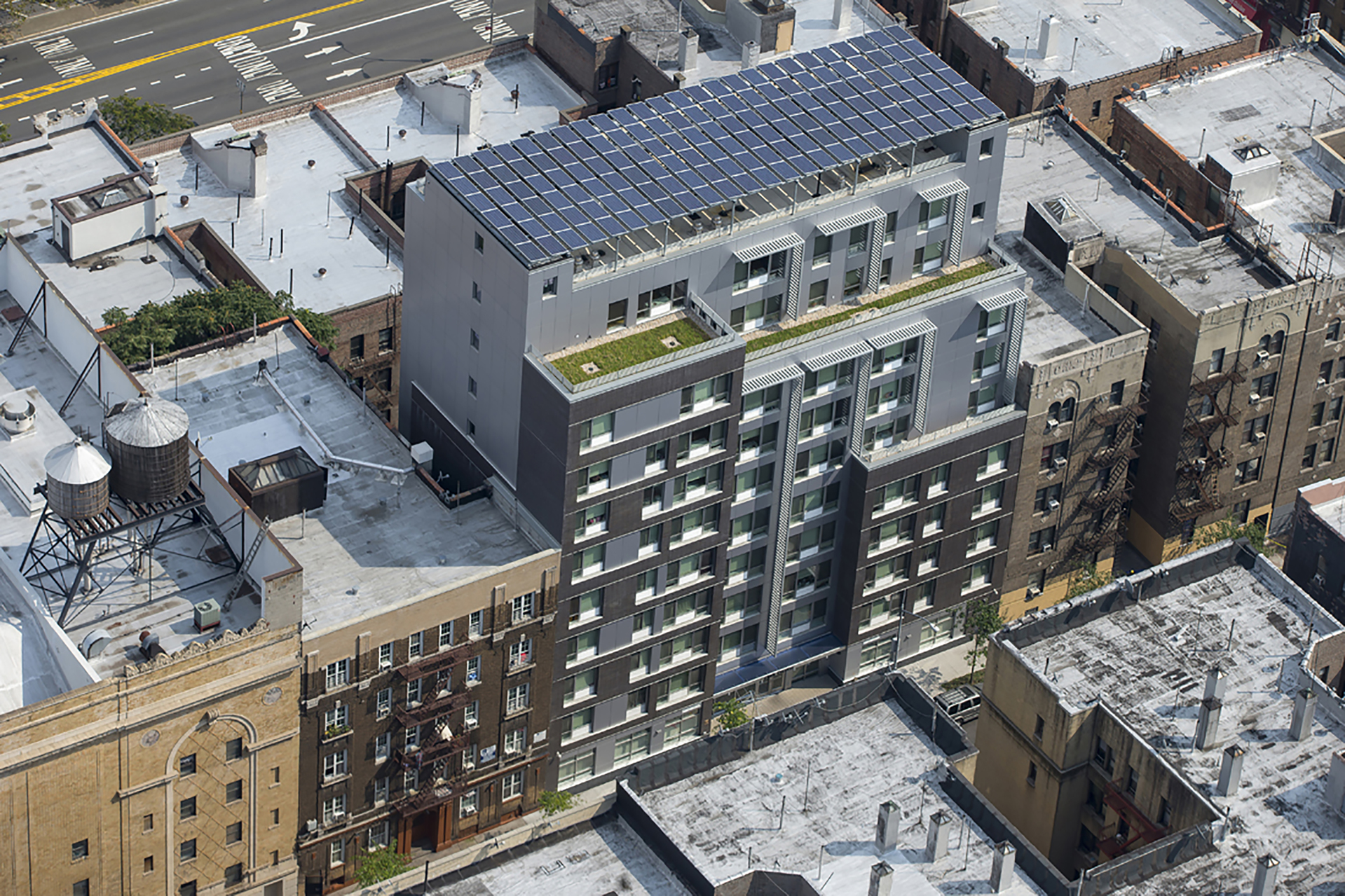Old Rocks
Diamond Member
To do this right, we are going to have to switch our whole grid from point source to distributed. That will require a decade or more of work. Then there is the building of the grid into areas with high solar and wind potential. The building of energy storage, batteries, pumped hydro, liquid air, ect. that will require the work of many different disciplines. Yes, some trades and disciplines will suffer. How many people are crying about buggy whip manufacturers today?I'm sure they are growing....
But, unlike petroleum for example, there is no exploration where you look for the oil, there is no drilling operation to extract the oil, there is no transport drivers to transport the crude OR pipeline crews to build pipelines to transport the crude, refining operations, etc...
The sun comes up, it shines on the panels, energy is generated and that is that.
It doesn't take a rocket scientist to see that solar/wind/hydro is better in terms of costs and pollution. I don't know what happens to the seismologists, roughnecks, and truck drivers though. I doubt there is a 1:1 ratio of jobs in manufacturing panels, turbines, etc... let alone the re-training costs.
I hope I'm wrong...but I don't see it.




